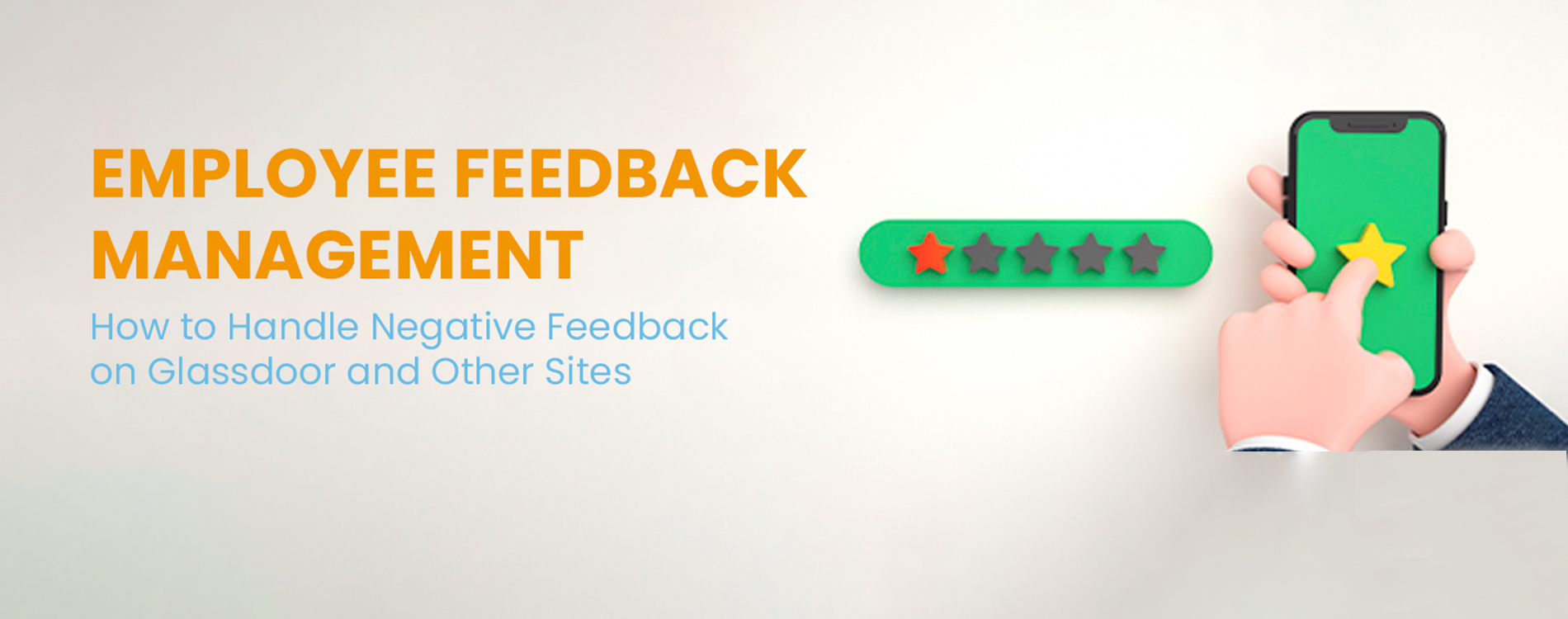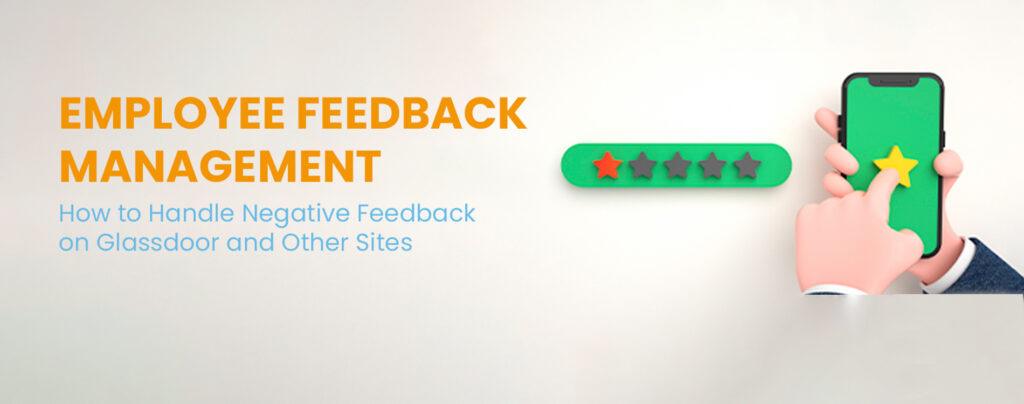Employee feedback is a vital part of managing a successful business. It helps leaders identify areas where employees excel, and improvements can be made. When used effectively, employee feedback can help to improve employee morale, performance, and motivation.
Unfortunately, many businesses struggle to manage employee feedback effectively. A recent survey by the Harvard Business Review found that only 27% of respondents said that their company was very effective at collecting and using employee feedback.
Employee feedback management is critical to your entire employer branding strategy for any company. With the inception of multiple digital platforms like Glassdoor, current and ex-employees can leave feedback about the company on websites like Glassdoor, creating a negative impression for prospective candidates. Companies must manage employee feedback carefully and identify the underlying issues causing concern.
Here are a few steps that you could take to manage employee feedback
1.TAKE FEEDBACK SERIOUSLY –
Often, organizations mistake thinking about negative feedback for getting even by disgruntled employees. This is, however, a highly perceived misconception. Don’t just brush off negative feedback as “one person’s opinion.” It is crucial to understand and analyze what people are talking about. If multiple employees give the same feedback, this can point toward an underlying problem that is ignored.
2. RESPOND TO FEEDBACK –
Employee feedback is vital to the success of any organization. It allows leaders to identify areas that need improvement and lets employees to know that their voices are being heard. However, it’s not enough to simply collect employee feedback. Leaders must also take the time to respond to it. This shows employees and prospective candidates that you are open to communication and are willing to work on improving the company. When responding to employee feedback, you should thank employees for their feedback and let them know you appreciate it. Acknowledge the employee’s problem without making a statement on the input. If you believe the problem is genuine, you can acknowledge and mention the organization’s actions to resolve it. Here are a few tips that you should consider while responding to employee feedback, specifically on Glassdoor
- Do not take the feedback personally. This is an issue that the employee faced within the organization and leave it at that. Do not attempt to resolve this by getting emotionally attached to the problem or the employee.
- Do not make judgements on whether the employee is telling the truth or lying on Glassdoor. Isolate the incident as a one-off and ask for more details to investigate.
- Address the more significant issues, not more minor problems. It is essential to read between the lines and what is the more considerable feedback rather than responding to every more minor problem.
3. GETTING INSIGHTS INTO FEEDBACK –
One of the biggest challenges in gaining insights into the feedback is the limitations of all the employee feedback platforms. While Glassdoor asks you to rate the company on 5 parameters, a few other outlets have additional questions. The challenge is scanning through the free text to capture insights. These insights can help you learn what your employees are thinking and feeling, and you can use them to identify simmering issues and resolve them.
Employee feedback can be used very effectively by the management to understand the issues that are causing high attrition or challenges within the organization. The HR team can use various channels such as internal communication, town halls, senior leadership interventions or other tools to resolve an issue. While resolving the issue is one thing, it is also essential to communicate how the issue has been resolved to the larger team.
Leveraging insights Markivis was able to identify critical issues in operations of a $1Bn+ Analytics company and help them resolve issues which were resulting in negative reviews. Click here to read the case study




